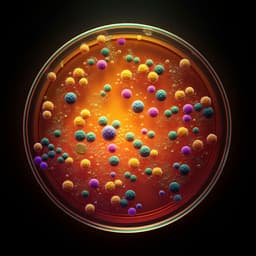
Engineering and Technology
Effects of multi-functional additives during foam extrusion of wheat gluten materials
M. A. Bettelli, Q. Hu, et al.
Discover how Mercedes A. Bettelli and colleagues explored the impact of citric, gallic, and genipin acids on wheat gluten foams. Their research reveals these additives' promising potential for creating sustainable biofoams, offering an eco-friendly alternative to traditional fossil-based materials.
Playback language: English
Related Publications
Explore these studies to deepen your understanding of the subject.







